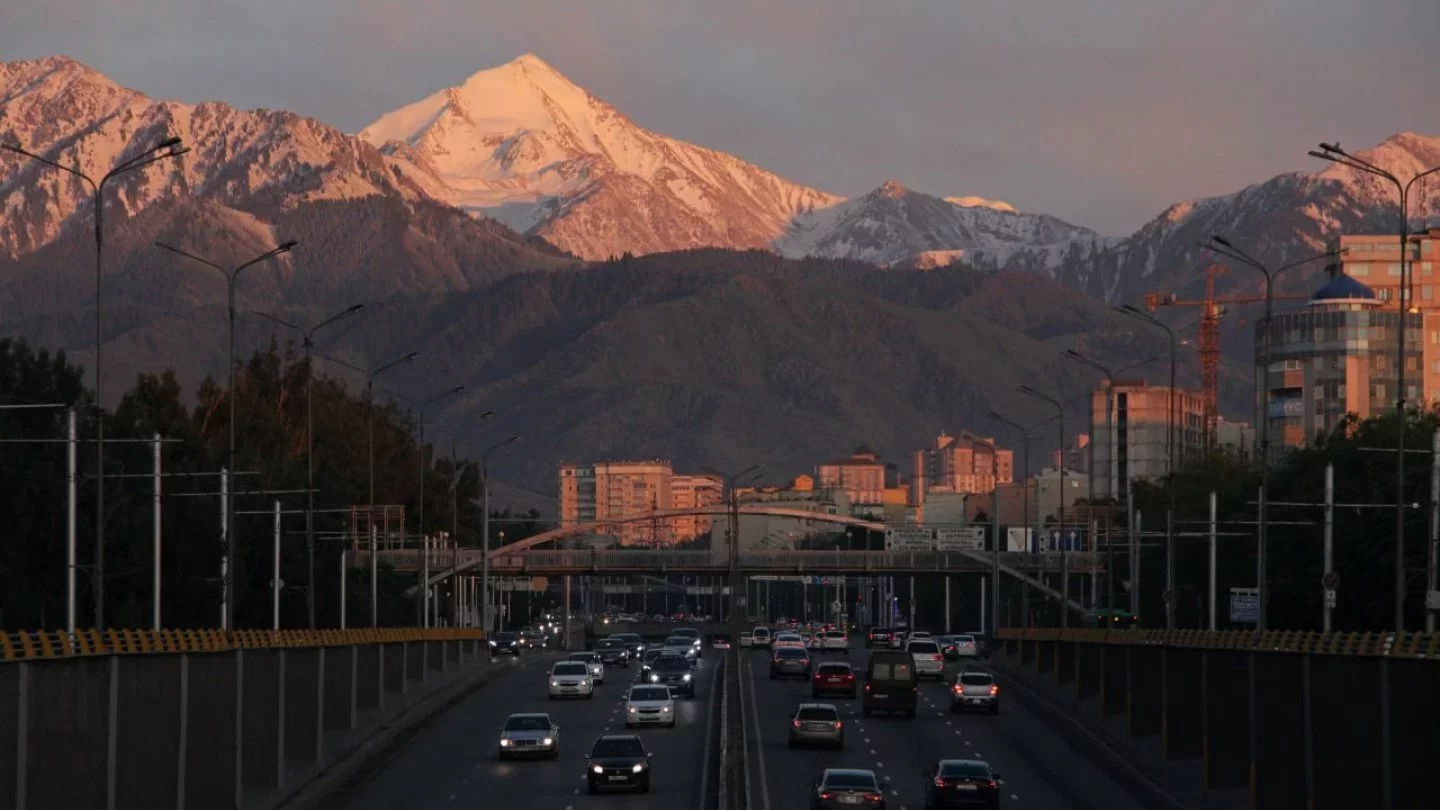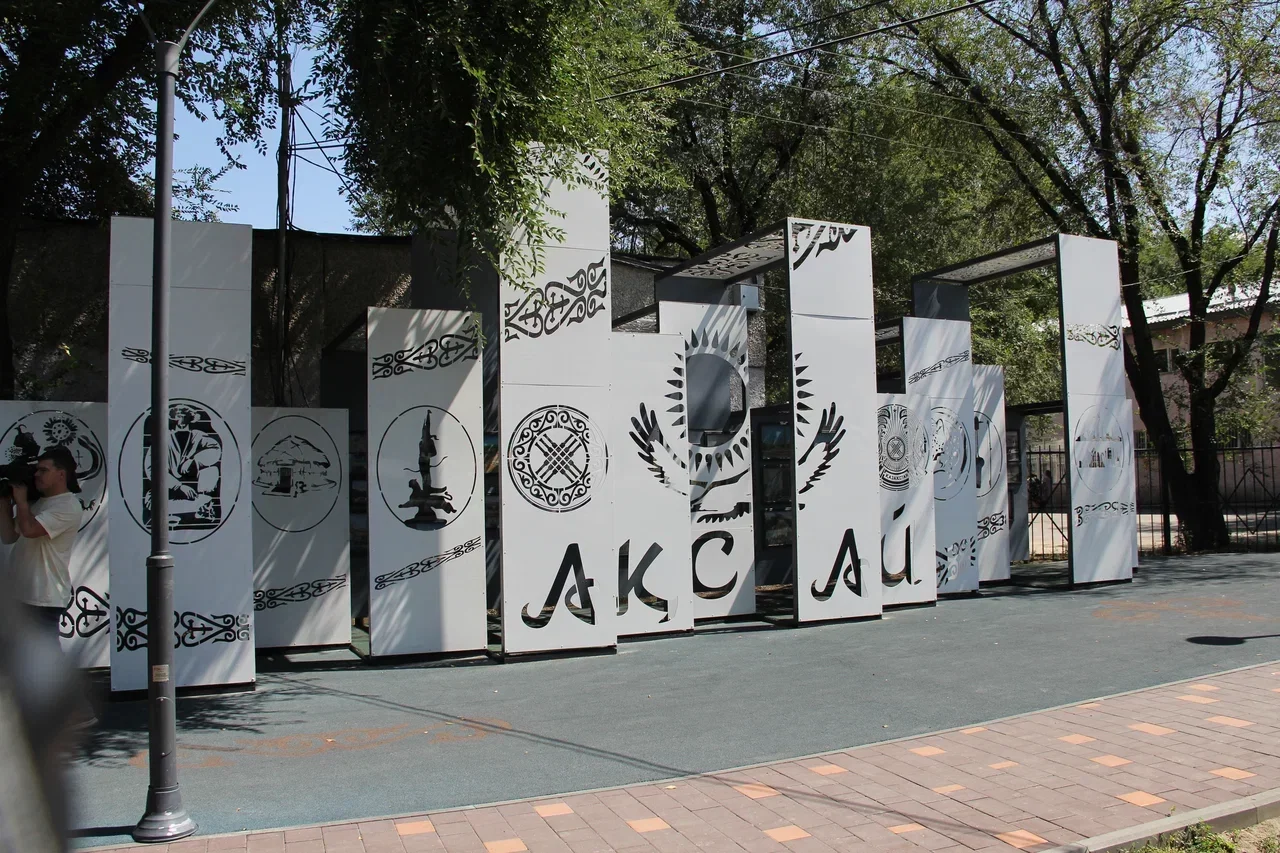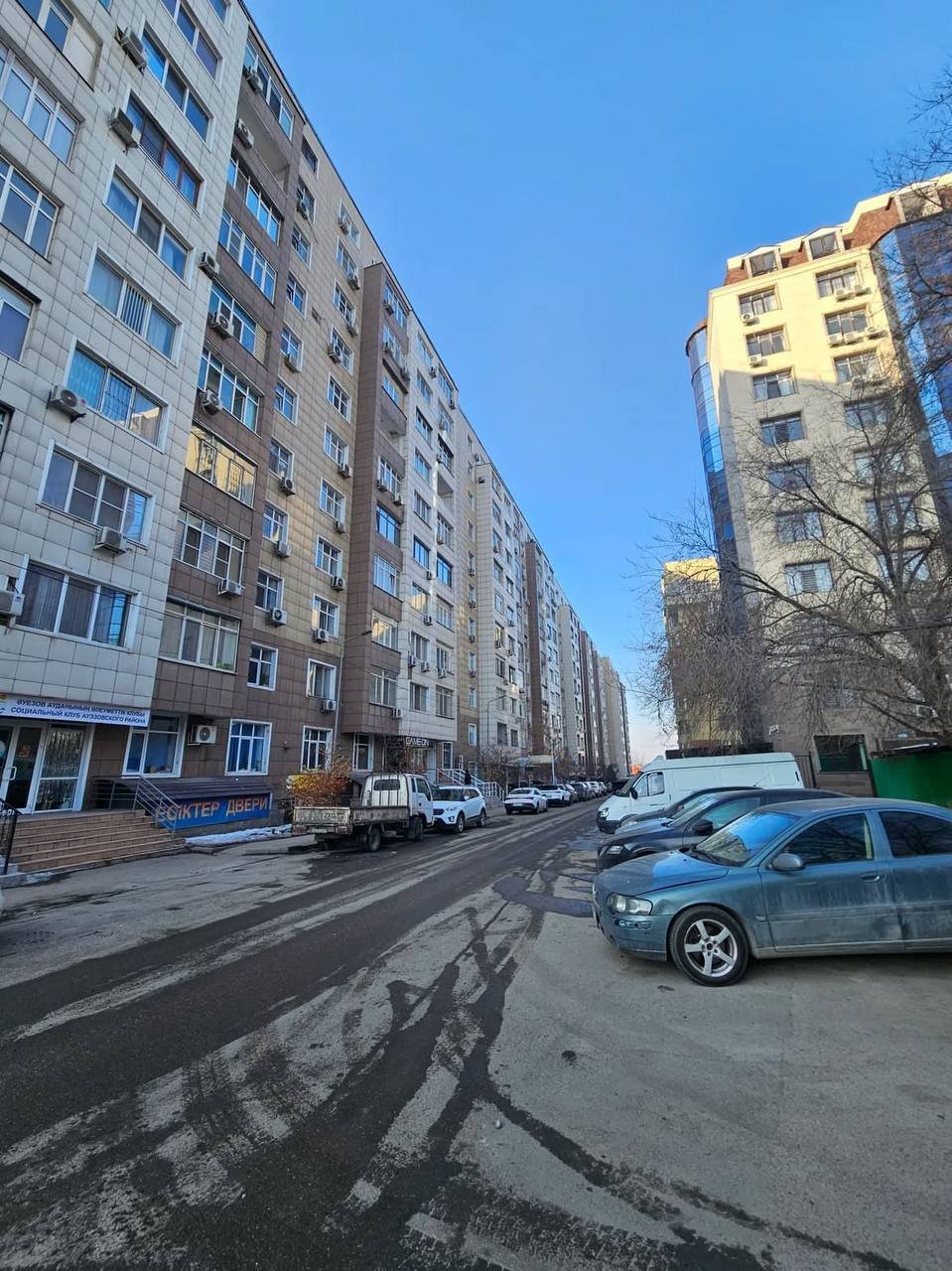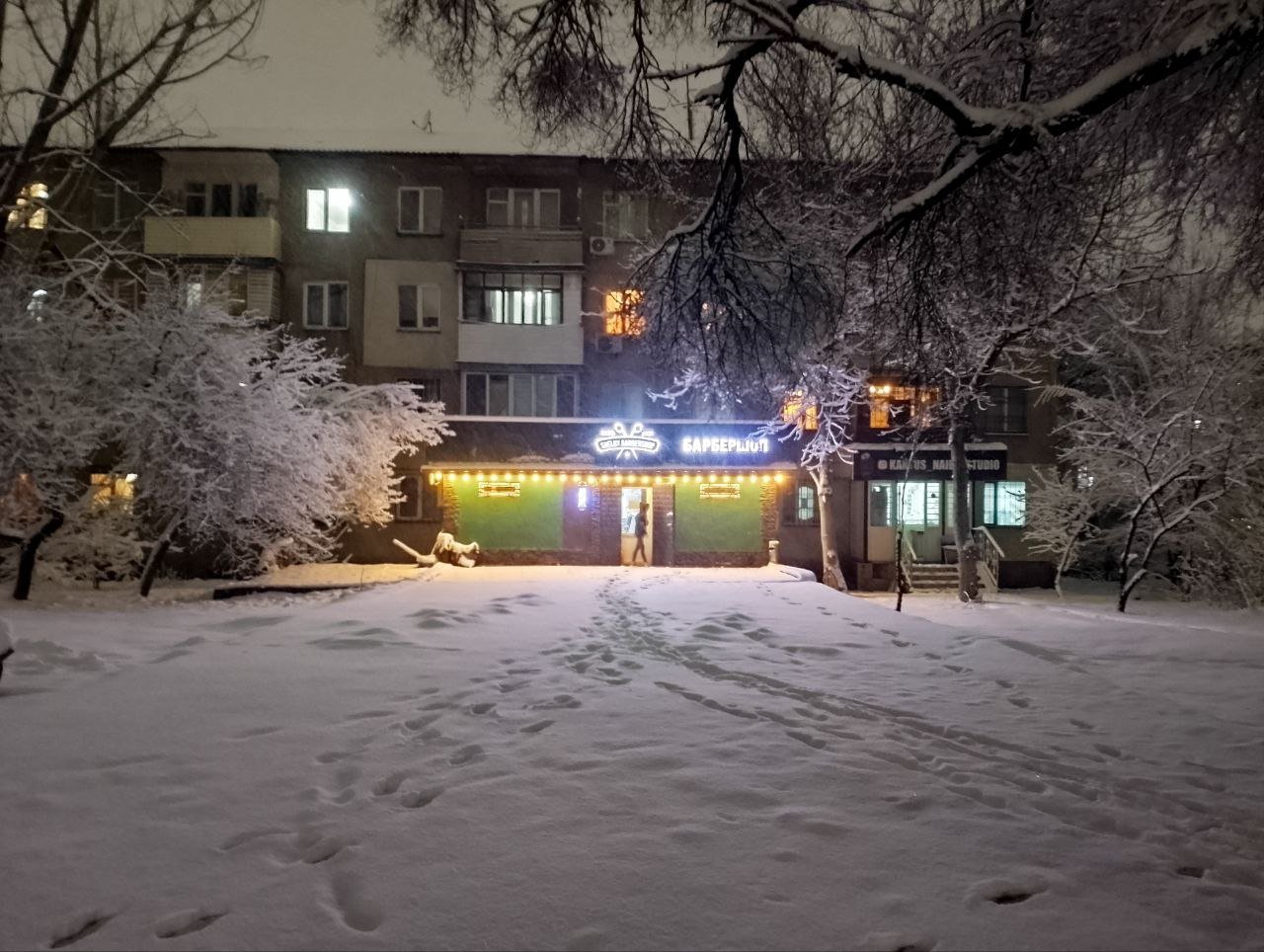Almaty’s Most Comfortable Micro-districts: Expert Opinion
 Photo: Igor Ulitin
Photo: Igor Ulitin
Vladislav Filatov, an urban architect and member of the Almaty City Council, put together a rating of the city's most and least comfortable micro-districts.
In an interview with Orda.kz, the expert explained what distinguishes the former from the latter and what criteria are used to assess comfort.
The criteria included:
- Housing variety (number of storeys, layouts, and architectural style)
- Transport accessibility (well-developed streets, not just external driveways)
- Availability of essential infrastructure (kindergartens, schools, hospitals, community centers)
- Presence of commercial establishments (offices, restaurants, and shops) on the ground floors, along with well-developed pedestrian areas
Filatov named Orbita, Aqsay, and Ainabulaq as the top three most comfortable micro-districts in Almaty.
These are late Soviet-era micro-districts, built after both the positive and negative experiences of previous construction. What sets them apart is the presence of internal streets arranged in a grid pattern, similar to a block layout. The ground floors along the main streets are used for commercial premises with direct street access. Additionally, these micro-districts feature a variety of building designs, with no single dominant style. You’ll find a mix of four- and five-story buildings, as well as six- and nine-story ones. This diversity positively impacts the residential areas. Overall, diversity is beneficial for any city. the urbanist explained.


Filatov's rating of micro-districts:
- Koktem
- Tastak-2, 3
- Late numbered micro-districts (8-12)
- Taugul
- Juldyz
- Early numbered micro-districts
- Jetisu
- Tastak-1

Filatov noted that while all these micro-districts provide essential infrastructure like nurseries, schools, and hospitals, their focus is mainly on fulfilling basic needs such as living, studying, and accessing healthcare.
Microdistricts like Orbita and Ainabulaq offer more diversity – here you can not only live, study, get treatment, but also work and have fun, the specialist added.

The urbanist highlighted the construction in post-independence Kazakhstan, noting that urban growth has taken a step back in recent years.
It feels like we’ve hit a reset button, and now we’re back to building basic housing in the fields, just like we did in the 60s, he said.
As an example, Filatov cites the areas under construction on the outskirts of Almaty:
This is poor planning for micro-districts. The courtyards are walk-through and packed with cars, and the street front isn’t being used to its full potential. Instead of commercial spaces on the ground floor, they’re building more apartments.
The expert emphasized that the modern lifestyle requires various construction types and infrastructure within one area, ensuring convenience and the ability to handle everyday tasks on-site.
City districts should not be just residential zones that rely on the city center for everything from work to entertainment.
Each micro-district should be self-sufficient, allowing people to live comfortably without needing to travel across the city for everyday tasks.
Original Author: Maria Kravtsova
Latest news
- EU Approves New Sanctions Targeting Russian Oil Industry and Banks
- Analyst Arman Beisembayev Explains the Record-Breaking Exchange Rate
- Qarmet and China’s Dadi Engineering Sign Coal Modernization Deal
- Zelenskyy Tasks Umerov with Intensifying Negotiations
- Georgian Dream Sees EU Visa Threat as Pressure
- Saken Mamash: Former Kazakh Diplomat Sentenced to Six Years for Abuse of Ex-Wife
- Kazakhstan Has Used 60% of Its National Fund Transfer Quota in First Half of 2025
- Oil Company Pays Nearly 200 Million Tenge in Wage Arrears
- Journalist Lukpan Akhmedyarov Says His YouTube Channel Has Been Removed
- Trump Raises the Stakes: Could Kazakhstan Face Secondary Sanctions?
- Uzbekistan, Afghanistan, and Pakistan Sign Agreement on Trans-Afghan Railway Feasibility Study
- Maintenance Completed at Pavlodar Petrochemical Plant Ahead of Schedule
- Tied to a Saddle and Dragged Across the Steppe: Family Blames Husband for Woman’s Death in Jetisu
- Renowned Poet and Playwright Israil Saparbay Passes Away at 84
- Scandal Over UAS Escalates with Russian Link and Legal Concerns
- Kairat Perizat: Witnesses Describe Fundraising at NIS and Large Cash Transfers in June 17 Hearing
- Syrian President Pledges Security For All Amid Sweida Tensions and Israeli Strikes
- KNB Anti-Corruption Service Detains Regional Tax Official in Aqmola
- Aqtau Faces Power Outages Amid MAEK Equipment Issues
- President Signs Law on Governance, Infrastructure Development

